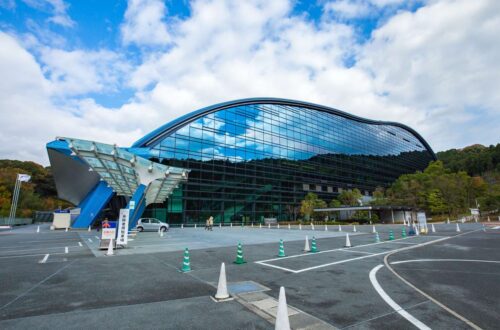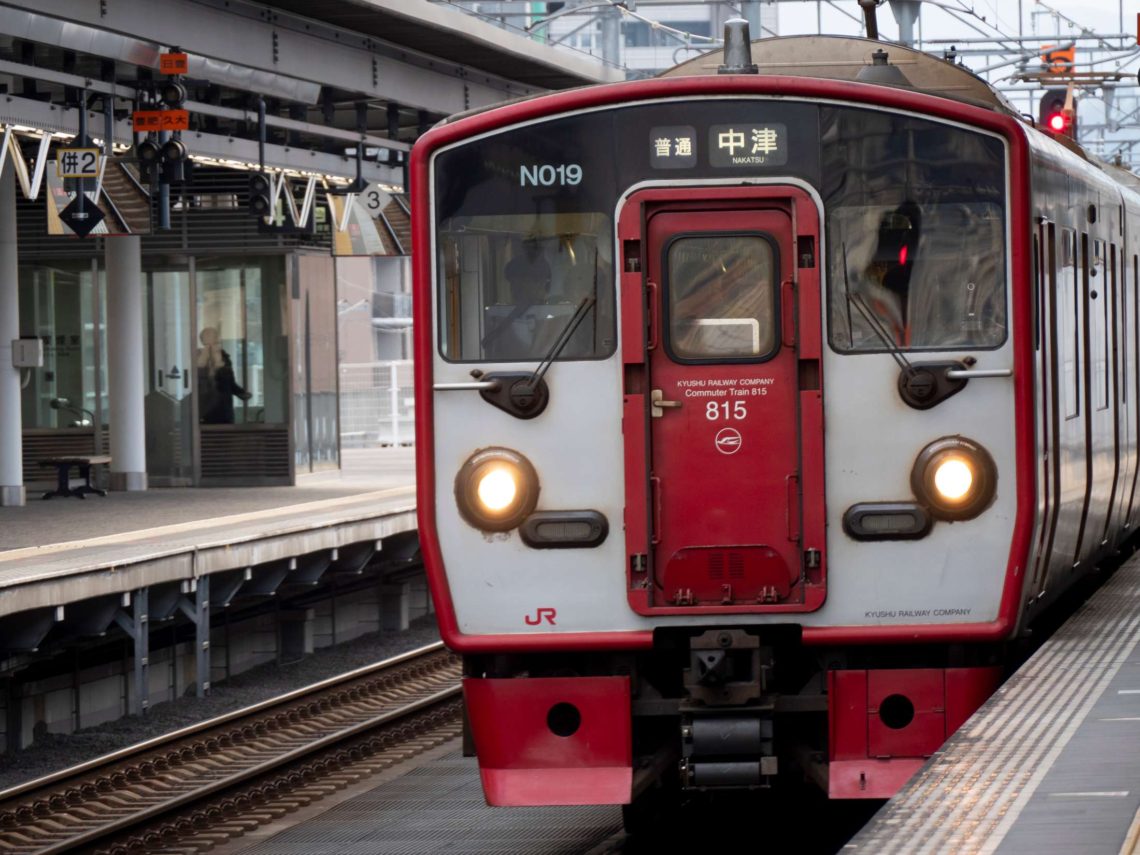
5 Unique Ways To Travel To Oita
A rural city rich in hot springs, deep culture and history, Oita offers a surprising variety of ways to travel to it. Undoubtedly some of the most common answers are fan-favourite’s bullet train/shinkansen (新幹線); or renting a car for those who prefer flexibility. However, did you know there are also other unique ways that you can travel to Oita while enriching your experience too? Continue reading to find out more.
Save In Pinterest
No time to read this Oita travel guide now? Click on the save button and pin it for later!
Table of Contents
By Train
Let’s start with the most obvious way to travel to Oita, by train. Despite its rural location, Oita is well-connected by the Japan Rail (JR) line; making it easily accessible from other cities. Simply board a train and then disembark at Oita station (大分駅). For your reference, here are the costs and duration of travel from various cities in Japan:
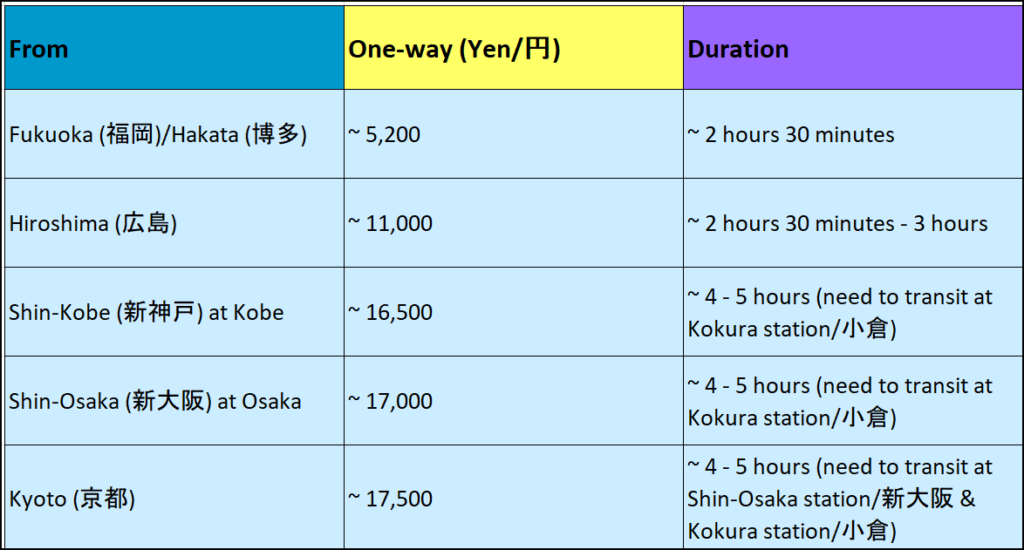
I would suggest getting the JR Pass (JR パース); especially if you are traveling from the above cities. The JR Pass is a handy all-you-can-ride pass on all JR lines in the country; which presents a great opportunity to save costs and also breeze through the JR train stations. In fact, a friend of mine traveled two-way between Osaka and Oita, together with a few other cities; and managed to save 10% of his costs. The JR pass is especially worth considering if:
- Traveling between cities and other regions; such as Osaka – Oita.
- Love trying out the bullet train/shinkansen (新幹線) experience.
- Are traveling extensively on JR lines and also intend to save the hassle of purchasing a ticket for every ride.
- Travel solo, in a couple or a smaller group.
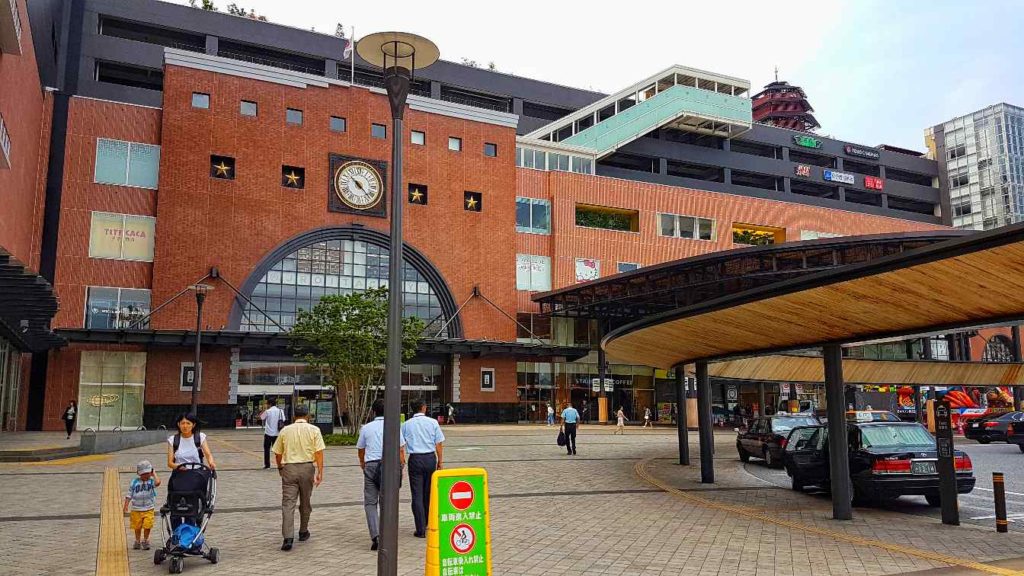
- The pass only covers for JR lines related; so other rail company lines/transportation are excluded.
- Additionally, the pass is not applicable for usage of the JR’s two fastest trains; the Nozomi (のぞみ) and Mizuho (みずほ). This is important especially if you are traveling from Tokyo; whereby the only direct option to Oita is the Nozomi. In this case, booking a flight will be the better option.
For Those Traveling Within Kyushu
If you are planning to travel just within the island of Kyushu (九州), a better alternative will be to get the JR Kyushu Rail Pass instead. This rail pass covers for JR rail lines specifically within the island, including some of the local lines as well. These include the elegant sightseeing train, Yufuin no Mori (ゆふいんの森) which commutes to Yufuin (由布院) along Japan’s finest mountain regions and also the express train Huis Ten Bosch (ハウステンボス) which travels to Huis Ten Bosch, Japan’s Little Holland lovely theme park. Furthermore, there is also the option to purchase the more economic Northern Kyushu pass and Southern Kyushu pass for those who intend to focus on specific areas.
Cost for tickets:
1. All Kyushu: 16,000 – 20,000 Yen (3, 5 and 7 days options available)
2. Northern Kyushu: 9,500 Yen for 3 days and 11,000 Yen for 5 days respectively
3. Southern Kyushu: 8,000 Yen for 3 days
Note that the pass does not cover the shinkansen (新幹線) ride from Hakata (博多) to Kokura (小倉), as this line is covered by JR West instead. Check out the JR Kyushu website to learn more and get your Kyushu Rail Pass.
By Car
For the road trip lovers, renting a car undoubtedly provides more flexibility; especially for those seeking to explore deeper into the rural areas. This essentially applies for Oita Prefecture as well; as there are plenty of destinations that are much easier to access with a car.
In fact, a friend of mine used Tocoo; Japan’s leading rental car website which is reliable and provides a wide selection of cars with affordable rates. Are you unsure of getting the necessary license and familiarising with the rules of driving in Japan? Fret not as they provide comprehensive and elaborate guides in their site regarding driving in Japan. Click here to embark on a wonderful journey of driving through the countryside of Japan.
Driving is a wonderful option in general if you:
- Love going on road trips and also admiring the scenery along the way.
- Are traveling with a family; especially with kids and senior citizens.
- Enjoy the convenience and flexilibity a car is able to offer.

Extra Tips For Driving Around Oita
- If you are opting for Tocoo rental car, be sure to opt for the ETC rental as well. It allows you to pass through tolls with ease without having to queue or prepare cash to pay toll, and also discounts on tolls during certain times. Read here for more info.
- Some places to consider exploring are the nearby Kunisaki peninsula (国東半島) and Bungoono (豊後大野), two regions rich in rustic temples and gorgeous natural sceneries, yet also scarce in public transportation.
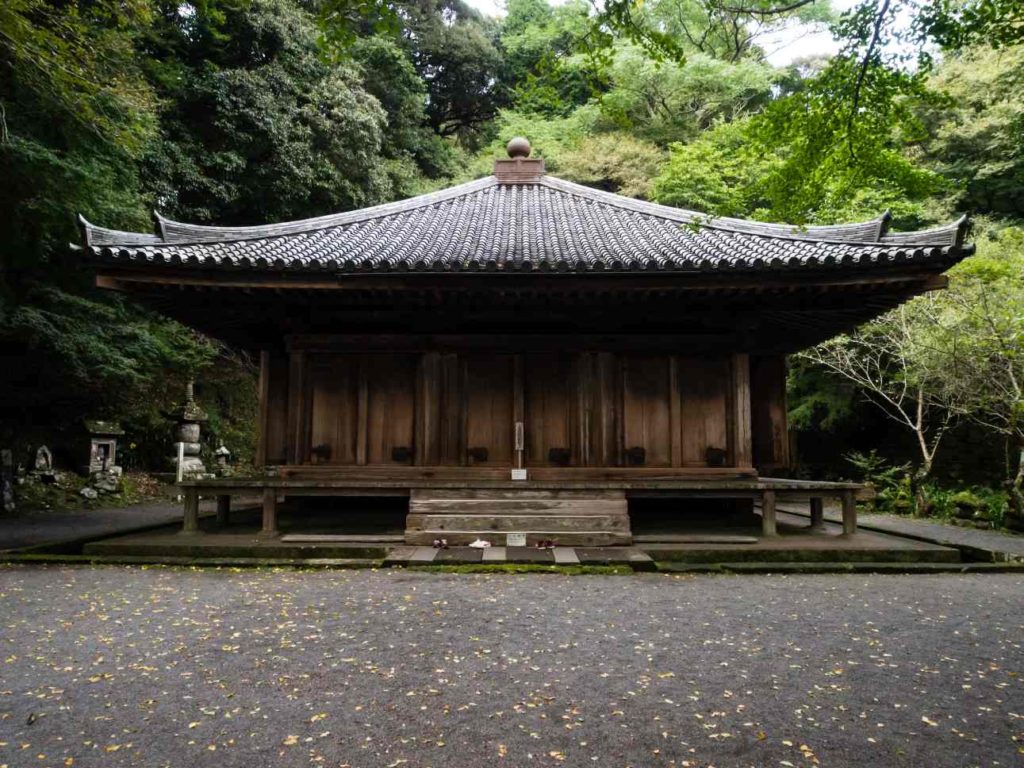
By Bus
A great economical alternative especially if you are not into driving. Throughout Kyushu, there are many local bus companies that offer services between the cities. Not to mention buses in Japan contain spacious seats and are well air-conditioned. However, researching each of the bus companies can be a daunting task given the amount of details presented and most of their websites lack an English translation.
An easy workaround is the SUNQ Pass, a free-way pass that allows you to ride on almost all highway buses and city buses within Kyushu. This is a great option if you are traveling from other cities such as Fukuoka (福岡), Nagasaki (長崎) and Kumamoto (熊本); as well as catching a local bus to nearby destinations including the renowned shrine Usa Jingu (宇佐神宮) and the sandwich castle town, Kitsuki (杵築). Did I forget to mention that you get discounts for the admission fees for Umitamago and Takasakiyama Natural Zoological Garden as well? Click here for more info and also get your SUNQ Pass here.
- Handy terms for buying bus ticker in Japan: One-way ticket (Katamichi/片道) and two-way ticket (Oufuku/往復).
- If you are using the SUNQ Pass, do remember to check out their page here to find out if any routes that require prior seat reservation.
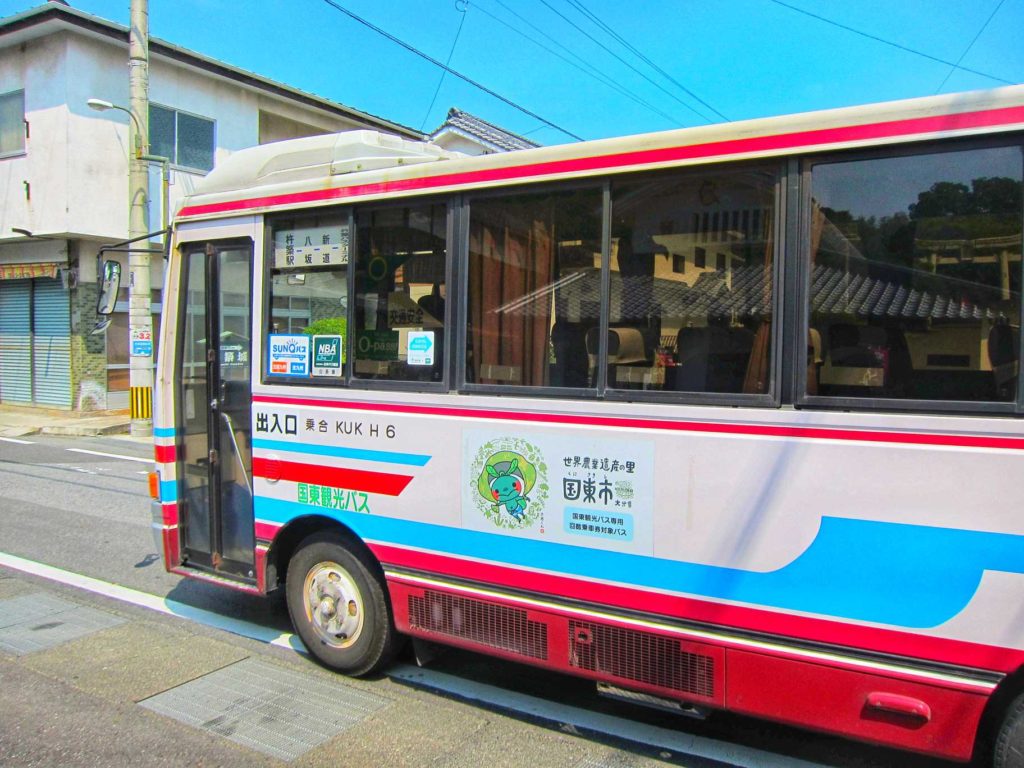
Buses are undeniably a great option to travel to Oita if you:
- Are not a fan of driving and also considering a budget option.
- Plan on saving accommodation costs (midnight buses offer not only economical rates, but also a comfortable sleeping experience while traveling).
Also, be sure to subscribe as I will cover my experience on traveling by bus in Japan in the future.
For Those Coming From Osaka, Kyoto or Kobe
Also, if you are coming from these three cities, Kintetsu Bus (近鉄バス) offers midnight express bus services to Oita. These buses are not only well air-conditioned, but also feature large reclining spacious seats that comes together with leg rests. Furthermore, there are other amenities that are also provided such as slippers, blankets, blackout curtains and toilets; enabling travelers to have a comfortable rest while traveling.
Prices range from around 9,000 – 11,000 Yen for one-way (片道); and 16,000 – 19,000 Yen for a return ticket (往復). Given the high demand for highway bus travels in Japan, it is highly advisable make a reservation two months in advance prior to the travel date; which you can book via Willer, an English online booking website for highway and night buses in Japan. For more info about Kintetsu Bus, be sure to check out their website as well.
Note the bus stops at Oita Shinkawa (大分新川) instead of Oita station, the city center which is about 20 minutes walking distance. To get to the city center, simply take the local bus A1 or AS71 and drop off at Oita Ekimae (大分駅前); 170 Yen one-way and around 7 minutes.
By Plane
Another great alternative to travel to Oita; especially when you are traveling from Tokyo and if comfortability is important to you. The airport itself has a variety of flights operated by the airline giants, ANA (All Nippon Airways/Zennikku/全日空) and Japan Airlines (Nikko/日航). Additionally, there are also plenty of budget airlines from/to Tokyo; including Jetstar Japan, Peach Aviation and Solaseed Air.
Also, the airport offers a bus to the city for 1,550 Yen and the journey takes about 65 minutes. To learn, check out the airport’s website here. I have tried the airport for a direct flight to Tokyo; and in my opinion, the airport is easy to navigate with a variety of restaurants and shops to explore. Despite the language barriers, the staffs are generally friendly and will assist you if you have any concerns. In general, taking a flight is great if you:
- Are traveling from Tokyo (in this case, its more convenient to take a direct flight rather than having to transit multiple times via train).
- Dislike walking a lot and prefer to relax.
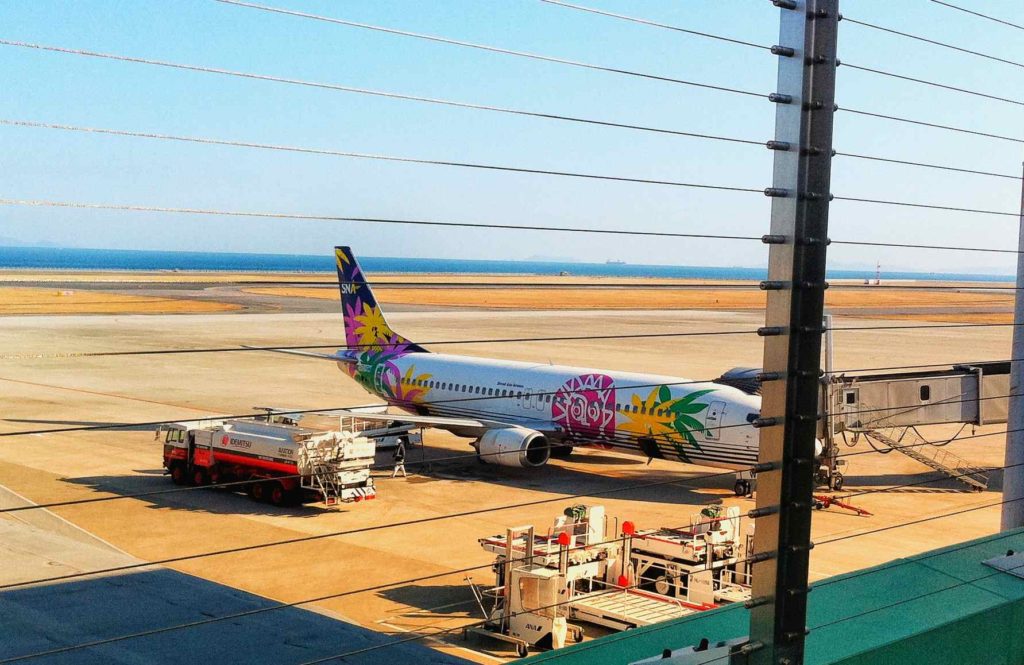
Some Additional Points About Oita Airport
- The airport is serviced by flights from three cities; Osaka’s Itami Airport (伊丹空港), Nagoya’s Chubu Centrair International Airport (中部国際空港) as well as Tokyo’s Haneda Airport (羽田空港) and Narita Airport (成田空港).
- For both Haneda (羽田空港) and Narita (成田空港) airports; it is important to take in consideration of the arrival airport as well. Haneda is closer to Tokyo city and undoubtedly the better option if you are visiting Tokyo. Narita on the other hand is further from the city, but serves many more international carriers and the go-to option for international flights.
By Ferry
If you prefer to travel to Oita the unconventional way and seek to enrich your travel experience, then a ferry might be go-to option. The ferry service provider, Ferry Sunflower offers a comfortable night cruise from the port city of Kobe (神戸) to Oita, for those who prefer trying out something new. The ferry also provides a variety of rooms; ranging from tourist sharing rooms for those who prefer budget to the luxurious Western-style rooms featuring a personal balcony with wooden deck.
Furthermore, the ferry also provides a wide range of facilities to enjoy, including vending machines, restaurants serving buffets together with beers and sakes and also soda fountains for the kids and also shops selling local souvenirs. The best part of the cruise personally, is the open bath spa that the ferry has to offer. One can soak in the hot bath comfortably while gazing out onto the beautiful sea blessed by the sunrise in the morning.
Additionally, it is a great way to travel to Oita especially if you are driving, as the ferry not only carries your car but also provides opportunity for you to rest from driving. Tickets range from around 12,000 to 30,000 Yen, based on the respective cabin class. For more info, be sure to check out their website here.
Taking a ferry is a wonderful option especially if you:
- Enjoy the sea breeze and wanting to try out something new.
- Want to drive long-distance across Japan while taking a break from driving as well.
Overall Thoughts
There are undeniably many ways to travel to Oita; whether it is the all-convenient and popular train to the unconventional ferry ride from Kobe. In the end, it is all down to what would be your budget and also your ideal pace of traveling. One thing is for sure, the prefecture of Oita is rich in attractions to explore, despite its relatively unknown background.
Loving the content here?
Subscribe and get your free hidden gems in Japan bucket list here.


You May Also Like

Canal City – A Complete Guide to Fukuoka’s Architecture Marvel
March 5, 2023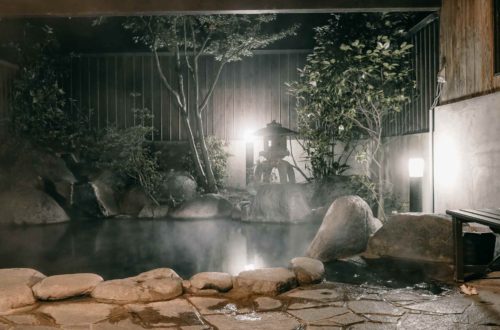
8 Genuine Onsen Spots Nearby Oita, Other than Beppu
January 8, 2022